Beneath the waters of our oceans, lakes, and rivers lie remnants of ancient civilizations, long forgotten but slowly revealing their secrets. These underwater ruins offer a glimpse into the past, from sunken cities that once thrived in trade and culture to temples dedicated to ancient deities. Whether submerged due to natural disasters, rising sea levels, or human intervention, each site tells a unique story about the ingenuity, resilience, and ultimate vulnerability of the people who built them. Through ongoing exploration, these sites continue to deepen our understanding of ancient societies, their technology, and their interactions with the world around them.
Baia, Italy

Once a lavish retreat for Roman elites, Baia now lies beneath the Bay of Naples. This city, famous for its thermal baths and opulent villas, sank due to a geological phenomenon known as bradyseism, which caused the land to slowly submerge. The underwater archaeological park today features remains of intricate mosaic floors, public bath complexes, and nymphaea. Baia’s luxurious remains paint a picture of the indulgent lifestyle enjoyed by Rome’s upper classes, with innovations in architecture and engineering still visible under the sea. Divers can explore the preserved grandeur of what was once one of Rome’s most extravagant cities.
Pavlopetri, Greece
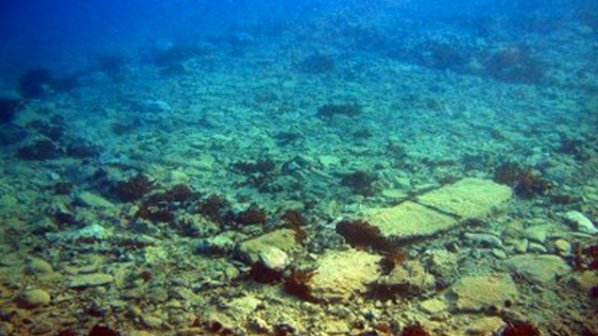
Considered one of the oldest submerged cities in the world, Pavlopetri dates back to the Bronze Age, over 5,000 years ago. Discovered off the coast of southern Laconia, Greece, the site includes well-preserved streets, houses, courtyards, and even tombs. This port city was likely a major hub for trade and culture, highlighting the sophistication of ancient Greek civilization. The submerged ruins provide a rare opportunity to study urban planning from such an early period, offering insights into the daily lives and trade networks of ancient Mediterranean societies.
Shicheng, China
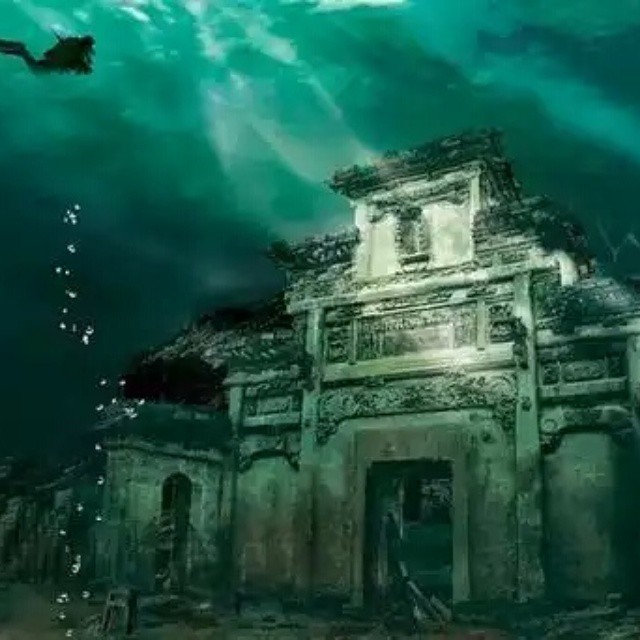
Often referred to as the “Atlantis of the East,” Shicheng, or “Lion City,” lies beneath Qiandao Lake in China. Submerged deliberately in 1959 to create a reservoir for a hydroelectric project, the city was built during the Eastern Han Dynasty, around 1,400 years ago. Despite being underwater for decades, Shicheng remains remarkably well-preserved, with its ancient architecture, including temples, statues, and arches, intact. Divers exploring this city can marvel at the fine details of its submerged past, providing a unique perspective on ancient Chinese culture.
Port Royal, Jamaica
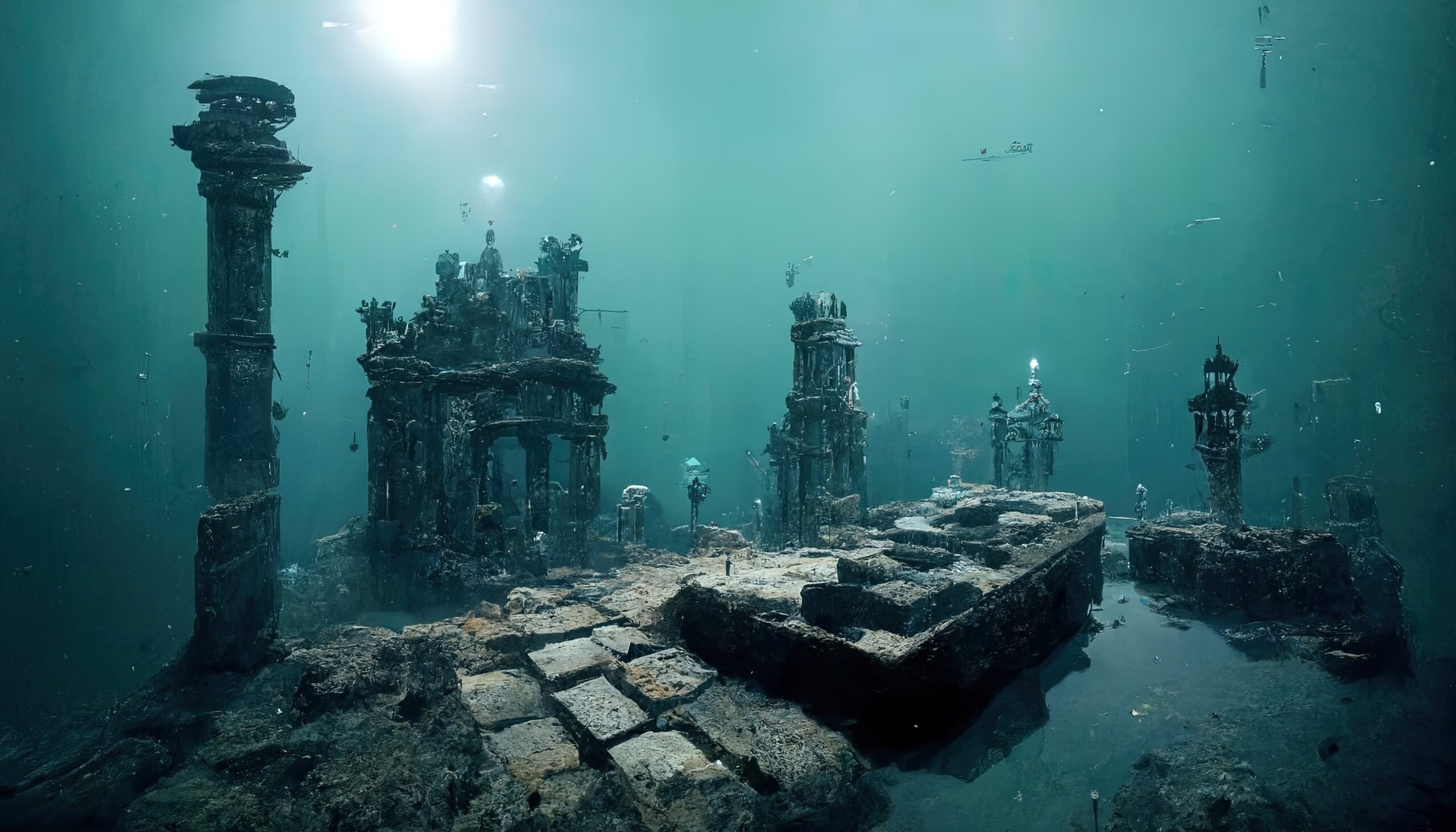
Known as the “wickedest city on Earth,” Port Royal was a notorious pirate haven in the 17th century. In 1692, an earthquake and subsequent tsunami sank the majority of the city into the sea. Today, it remains one of the most important underwater archaeological sites in the Caribbean, offering a snapshot of life during its peak. The ruins include homes, ships, and even preserved artifacts, frozen in time by the disaster. Excavations continue to reveal more about the daily lives of its inhabitants and the city’s chaotic, lawless environment.
Yonaguni Monument, Japan
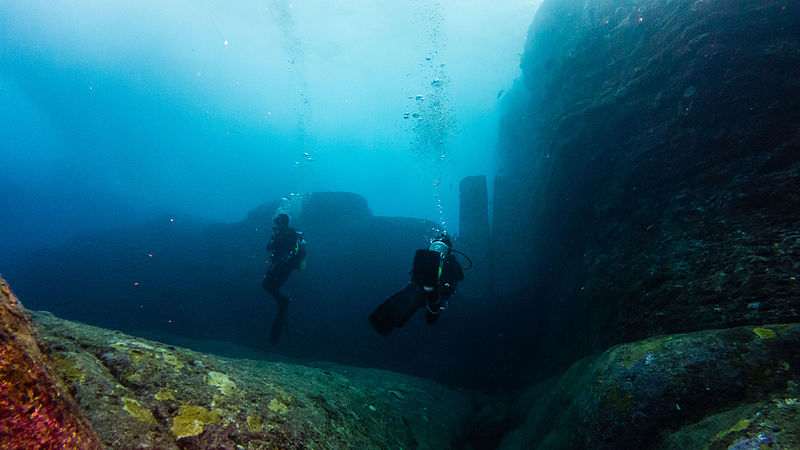
The Yonaguni Monument, located off the coast of Japan’s Ryukyu Islands, is one of the most enigmatic underwater ruins. Discovered in 1987 by a local diver, this massive structure resembles a stepped pyramid, with flat terraces and sharp angles that suggest it might be man-made. However, debate still rages among scientists about whether the monument is a natural formation or evidence of a lost civilization. Regardless, the monument draws divers from around the world who marvel at its scale and mysterious origins. The structure, possibly submerged due to seismic activity, adds to the ongoing intrigue surrounding ancient Japanese history.
Portus Julius, Italy
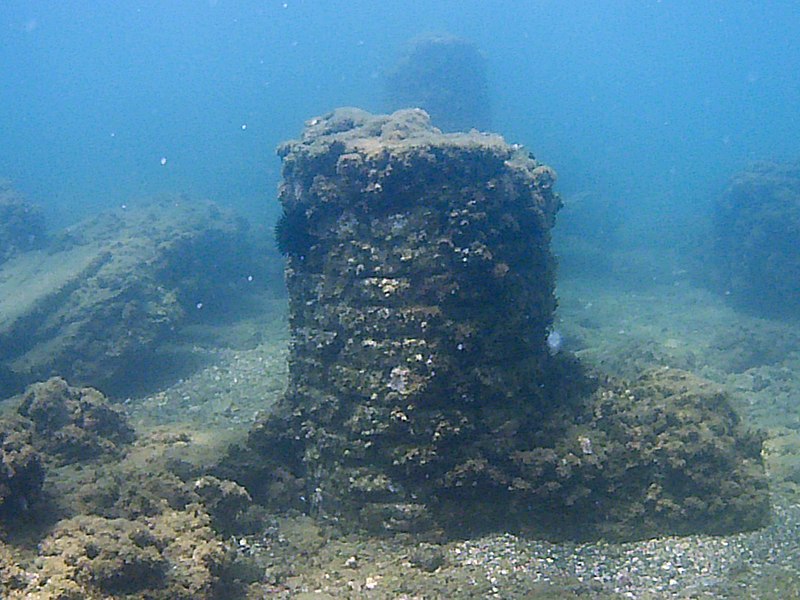
Once a critical naval base of the Roman Empire, Portus Julius is located near the submerged city of Baia. The port was an engineering marvel, designed to house the Roman fleet, and featured a sophisticated system of canals and docks. Due to volcanic activity and bradyseism, the site gradually sank beneath the waters of the Bay of Naples. Today, it offers divers a glimpse into Rome’s military might, with remnants of shipyards, military warehouses, and maritime infrastructure. The ruins help historians piece together the logistics and naval power of the Roman Empire at its height.
Phanagoria, Russia
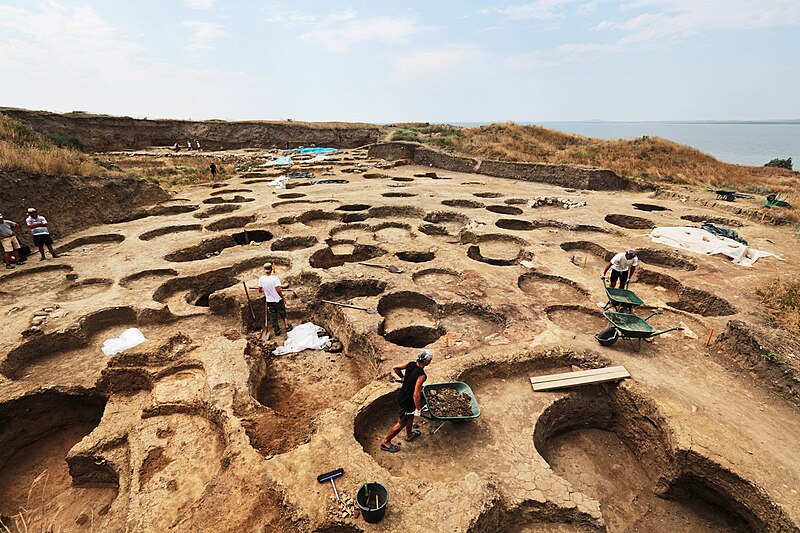
Phanagoria, an ancient Greek city located on the Taman Peninsula, partially sank beneath the waters of the Black Sea. Founded in the 6th century BCE, it was a major center of trade and culture in the region. Underwater archaeologists have uncovered sunken buildings, tombs, and artifacts that offer insights into the daily life of its inhabitants. The submerged portions of Phanagoria, combined with the ruins on land, paint a vivid picture of a city that thrived for centuries before being partially claimed by the sea.
Apollonia, Albania
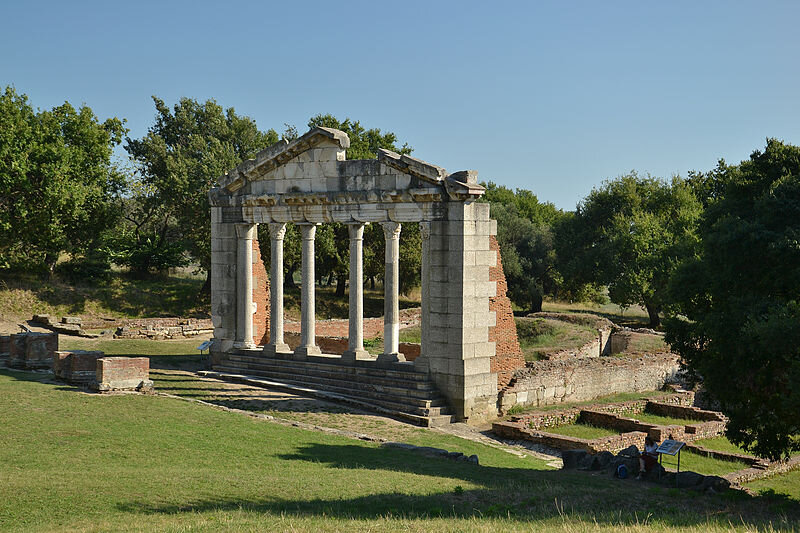
Apollonia was an ancient Greek colony founded in what is now Albania. Part of the city sank into the Adriatic Sea, and its ruins lie submerged off the coast. Apollonia was a key cultural and economic hub during its time, known for its temples and impressive urban planning. Today, underwater explorers can find remnants of its architecture and artifacts that provide insight into the city’s importance in trade and Hellenistic culture. The city’s submerged ruins continue to be a valuable site for archaeologists studying ancient Greek influence in the Balkans.
Atlit-Yam, Israel
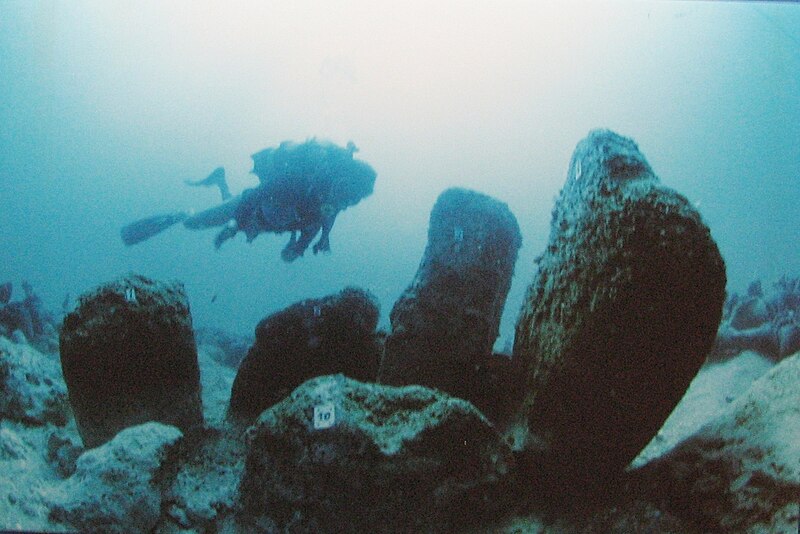
One of the oldest submerged settlements, Atlit-Yam dates back to around 7000 BCE. Located off the coast of modern-day Israel, this Neolithic village was submerged due to rising sea levels. The site contains well-preserved houses, burial sites, and even a stone circle, which may have had ceremonial or religious significance. One of the most intriguing finds is the presence of ancient wells, showing early water management techniques. Atlit-Yam offers vital clues to understanding early human societies and how they adapted to changing environments.
Tombs of Cleopatra, Alexandria, Egypt

Off the coast of Alexandria lies one of the most famous underwater archaeological quests—the search for Cleopatra’s tomb. Along with the palace complex of ancient Alexandria, archaeologists have discovered temples, statues, and sphinxes. While Cleopatra’s final resting place remains undiscovered, the submerged ruins of her royal city reveal much about the grandeur of her reign and the architectural wonders of ancient Egypt. Ongoing efforts to locate the tomb could lead to one of the most significant discoveries in Egyptology.
This article originally appeared on Rarest.org.
More From Rarest.Org
Anime has a long, fascinating history that goes back more than a century. The earliest creations were simple, but they laid the foundation for the thriving industry we see today. Read more.
The largest dog breeds in the world stand out for their sheer size, strength, and presence. These dogs aren’t just big; they’re also gentle giants with unique temperaments and impressive stature. Read more.
Throughout history, certain architectural wonders have pushed the boundaries of design and engineering. These structures not only amazed the world during their time but continue to inspire awe today. Read more.



